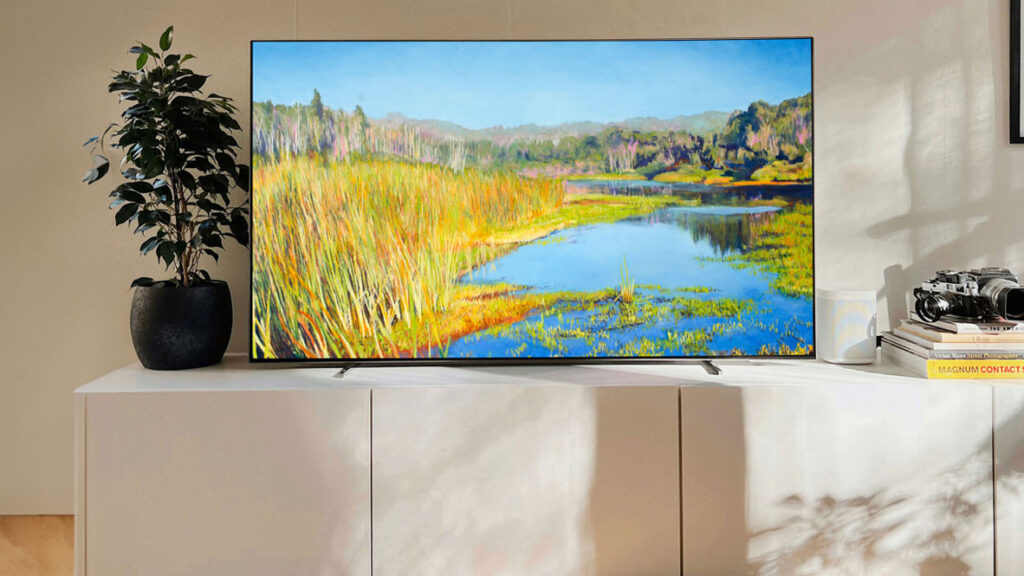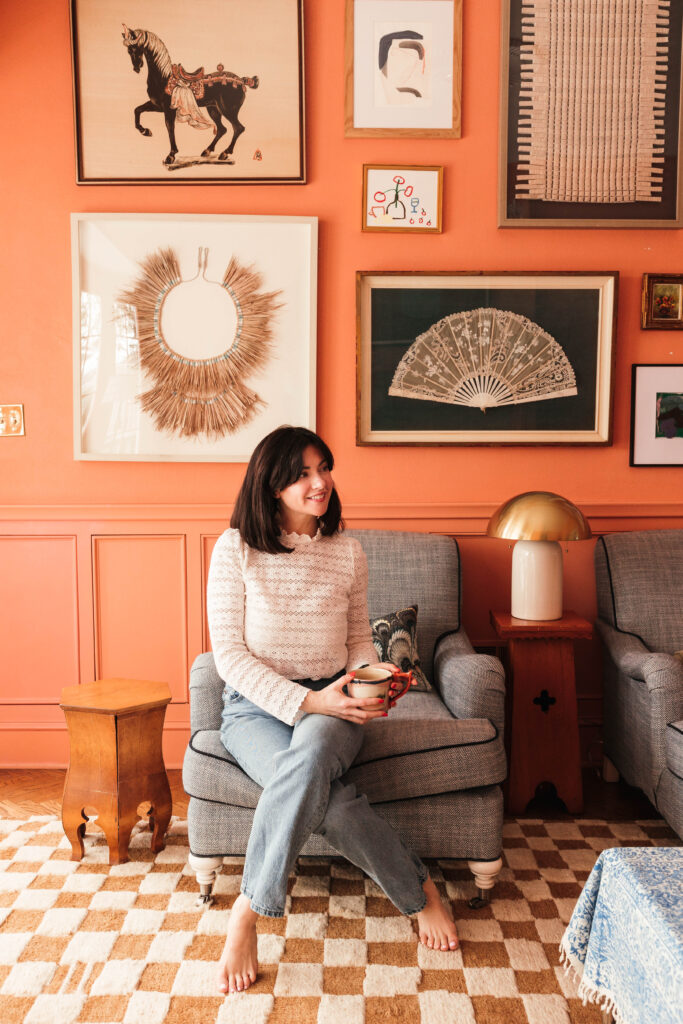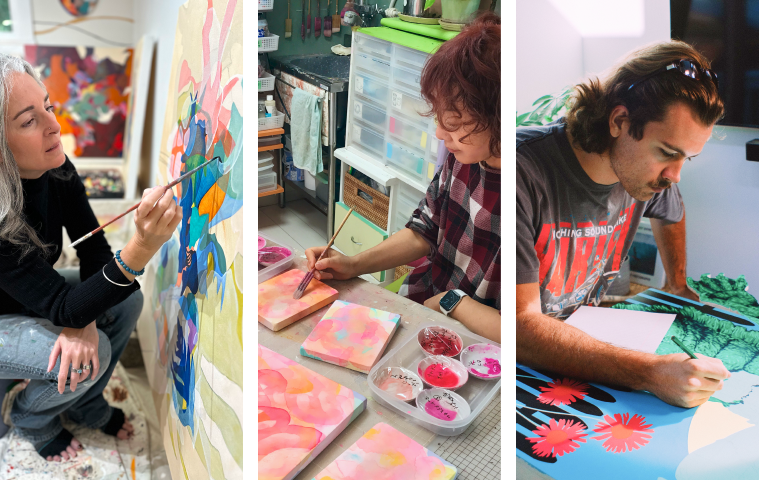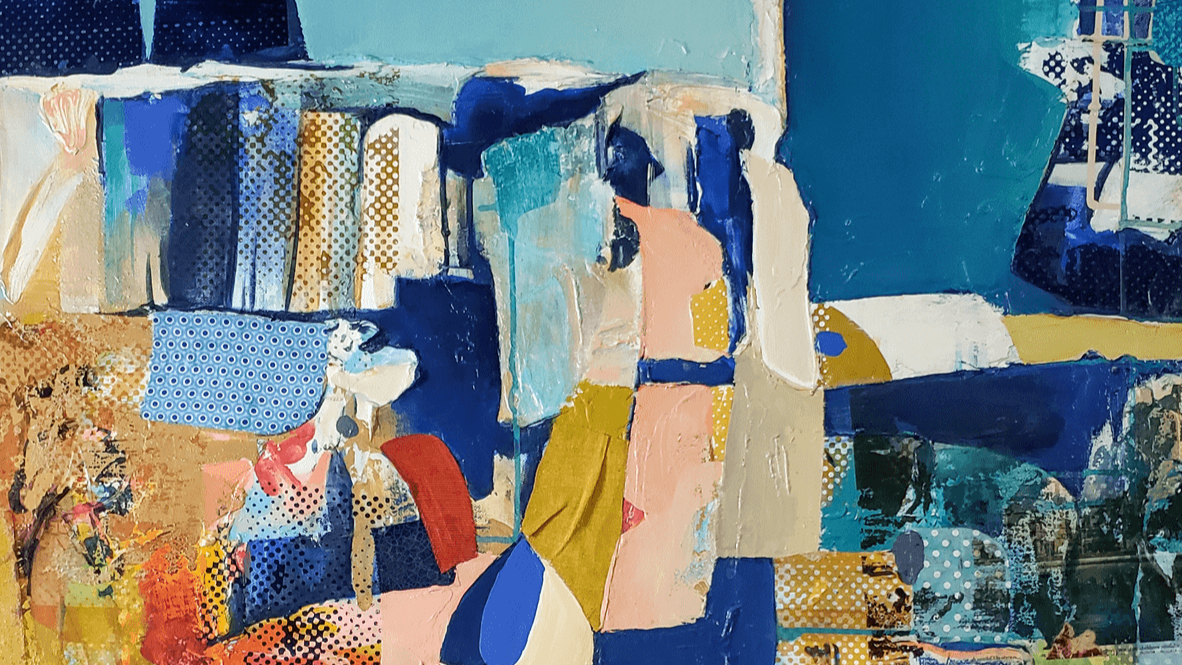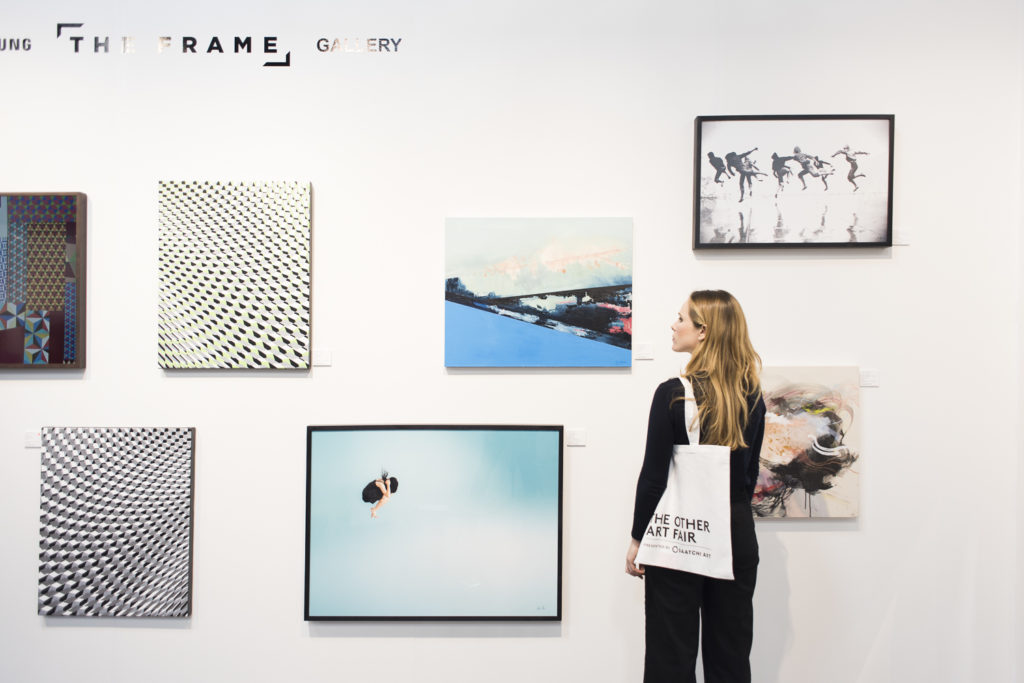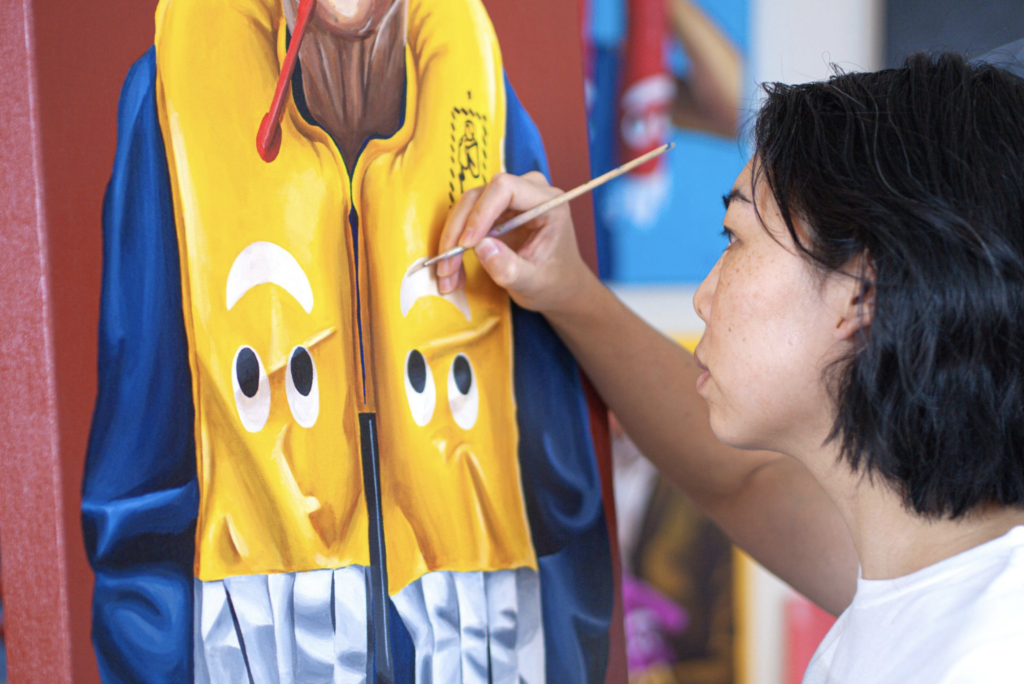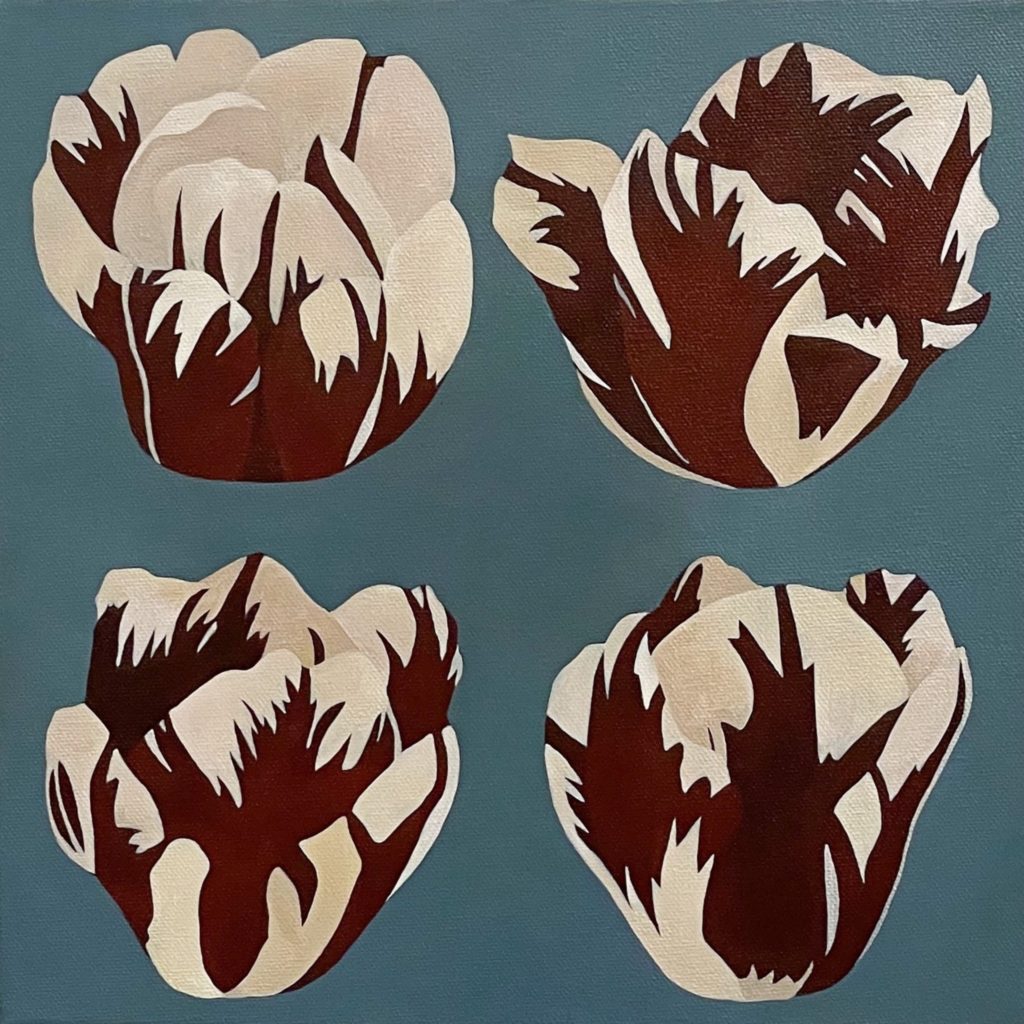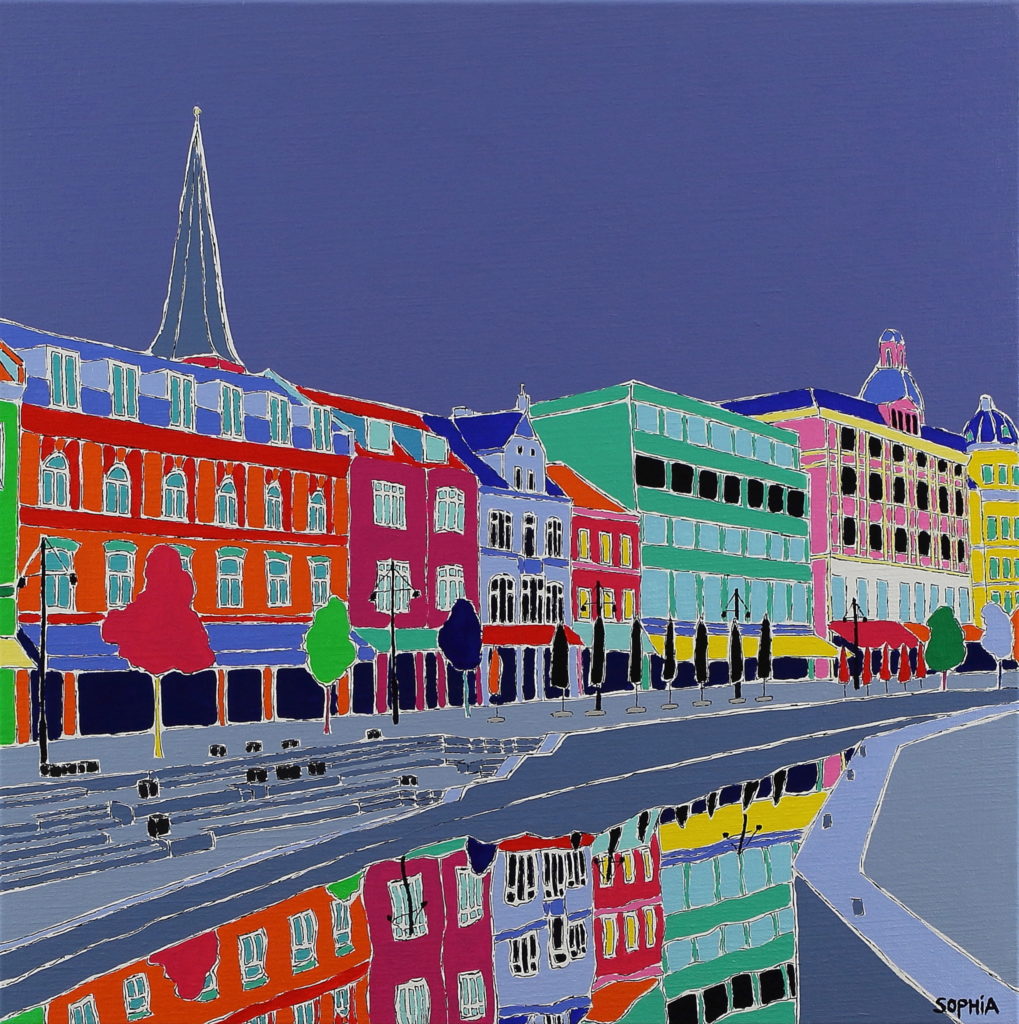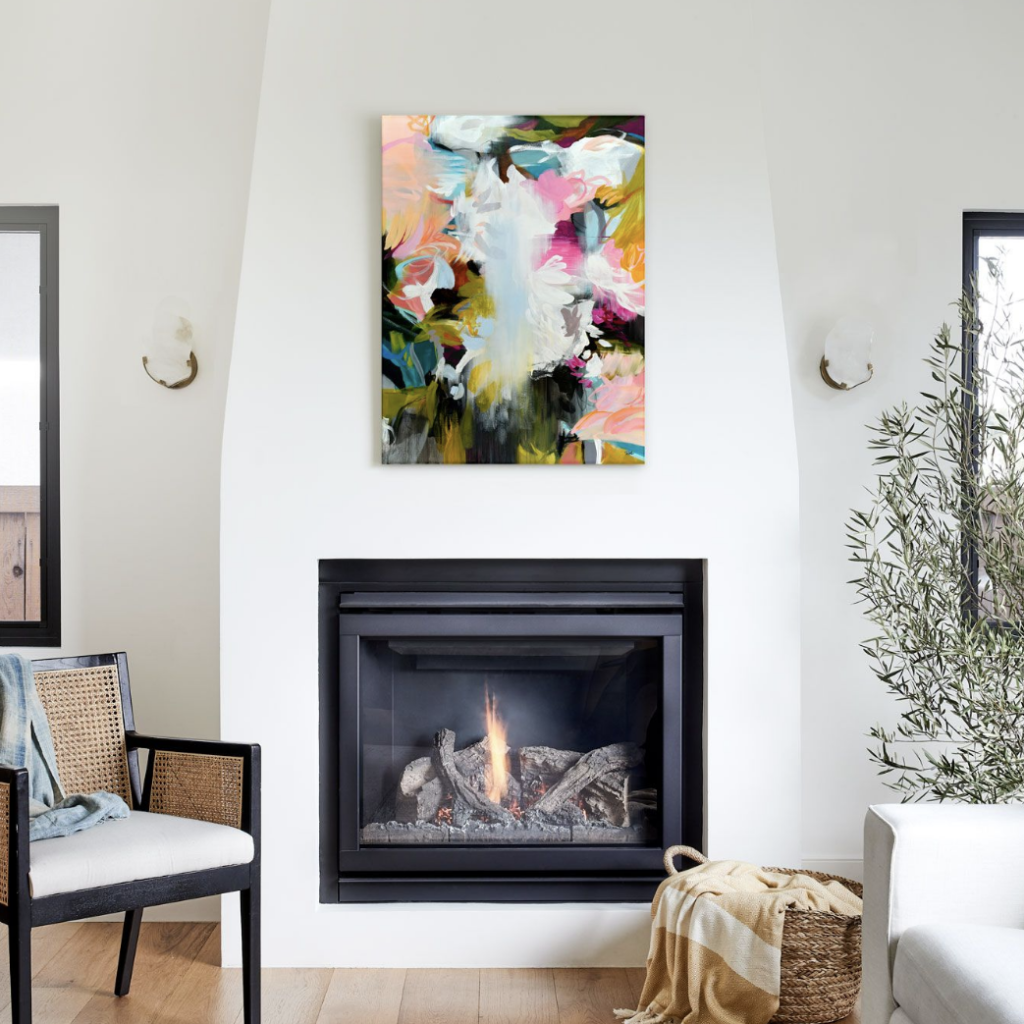Latest story
Elevate your space and your LG Smart TV with our new app, Saatchi Art on TV. Now, you can browse and display original art from the world’s leading online gallery—from your TV.
Passionate influencer behind lifestyle platform Wit & Delight, Kate Arends Peters examines life’s second acts through art in her unique curation for Saatchi Art.
Discover your new favorite artist from our curators’ list of 24 up-and-coming artists you should consider collecting this year.
Find today’s best emerging art—online and in-person—from our team’s guide to the latest creative trends from the places they call home.
Inspiration & Education
Find the perfect work of art with our beginner’s guide to buying art you love.
Hear the stories behind some of today’s most fascinating works of art, straight from the mouths of their creators.
Discover some of the most exciting artists on Saatchi Art, who are catching the attention of both collectors and curators.
Learn about how the artists and art movements of the past are inspiring today’s emerging artists in new and exciting ways.
Learn about Non-Fungible Tokens (NFTs), digital art, emerging artists entering the space, and how to start collecting art NFTs.
